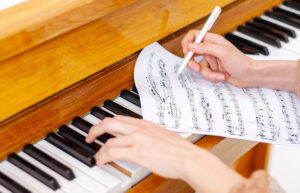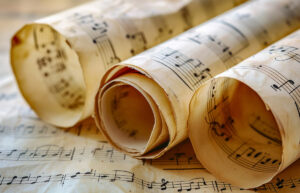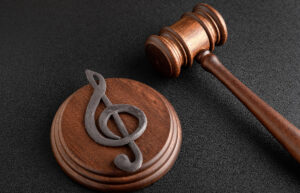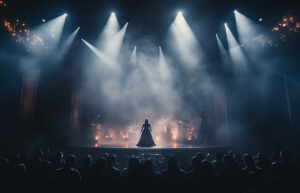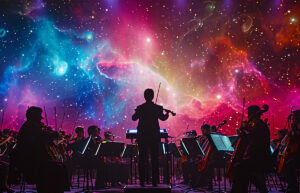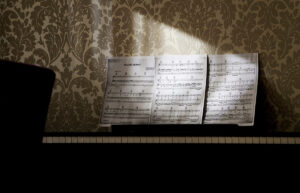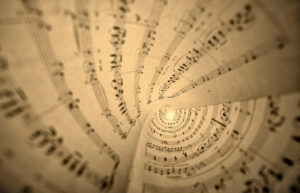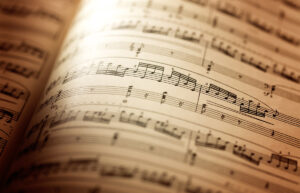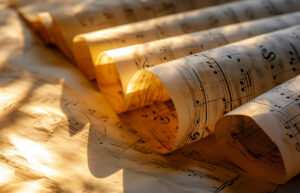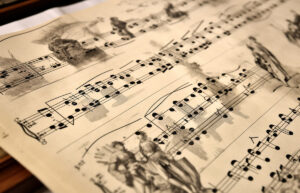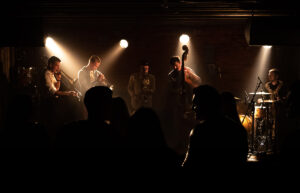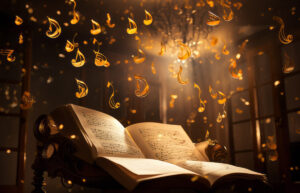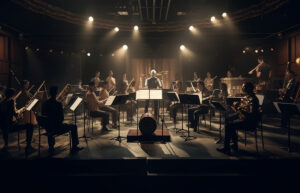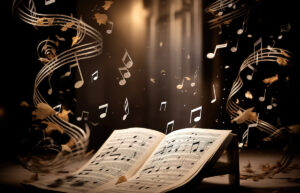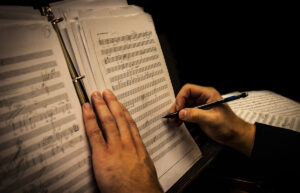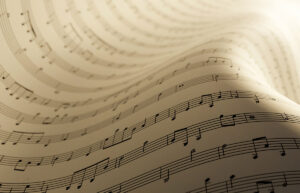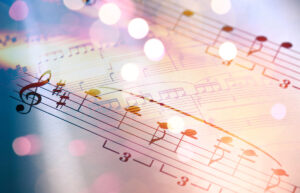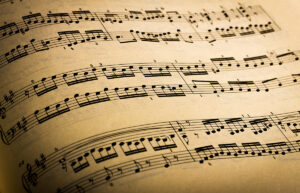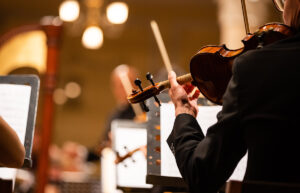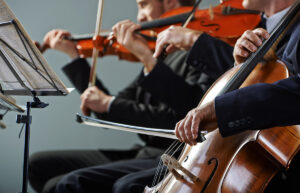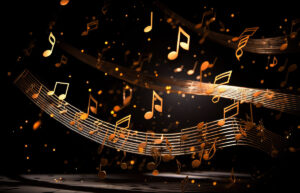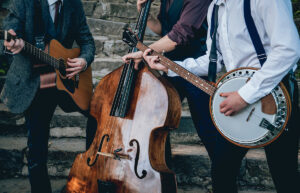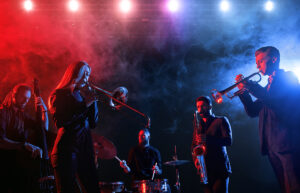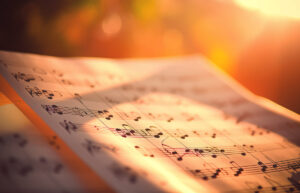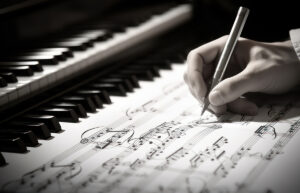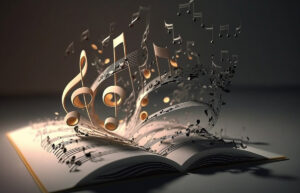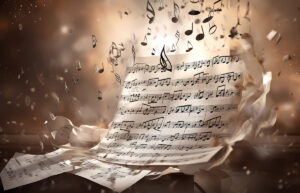What is a Canon in Music: Origin, Types, Steps & Examples
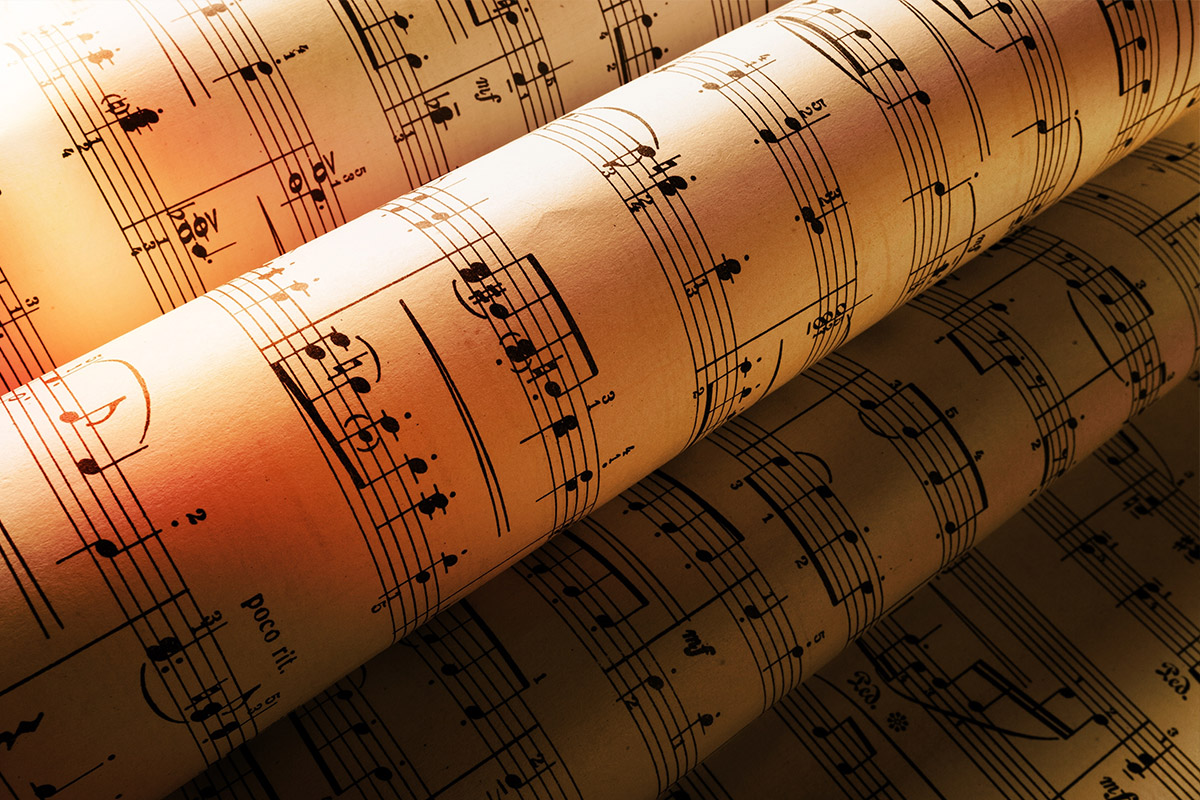
Welcome to the captivating realm of music – where the question, what is a canon in music, leads us into the world of enchanting melodies and harmonies. Canons, an intriguing musical technique, skillfully weave a tapestry of sound by intertwining repeated yet evolving melodies. From the renowned Pachelbel’s “Canon in D” to the whimsical “Row, Row, Row Your Boat,” these compositions draw us in with their intricate beauty. Embark on a journey with us as we delve into the origins, various types, and steps to create your own canon. Let’s uncover the enchantment behind these timeless musical masterpieces together!
Welcome to TheDemoStop, now join the community!
Connect with artists, fans and producers around the world.
What is a Canon in Music?
Canon in music refers to a compositional technique where a melody or musical line is imitated and repeated by subsequent voices or instruments. It involves strict imitation, with each voice or part entering at different times but playing or singing the same melody. The distinctive aspect of a canon is its layered effect, as the imitation overlaps and creates harmonic depth.
Well-known examples include Johann Pachelbel’s “Canon in D” and Johann Sebastian Bach‘s “Canon at the Octave.” Canons showcase the artistry of composers in creating intricate musical structures that mesmerize listeners with their repetitive yet evolving melodies.
Origin & History of Canon in music
After understanding what is a canon in music, let’s delve into its history. The history of canon in music traces back to the 13th century, originating in Western classical music. The term “canon” comes from the Greek word “kanon”, meaning rule or law, reflecting the strict compositional rules governing this musical structure.
The roots of canon can be found in medieval music, notably in religious compositions during the Middle Ages. However, it gained prominence during the Renaissance and Baroque periods. Pioneering composers like Johann Sebastian Bach and Wolfgang Amadeus Mozart perfected this form, showcasing its intricate and harmonious nature in their compositions.
Canon’s popularity expanded beyond classical music into various genres, including folk, pop, and contemporary styles. Over time, canon has evolved, demonstrating its adaptability in modern music production and technological advancements.
Types of canon in music
Canon, a captivating musical technique, comes in diverse forms, each offering its unique artistic flair and complexity. Here’s a quick rundown of some intriguing types of canon in music:
Round Canon
Round Canon entails several voices performing or playing identical melodies in unison. However, each voice starts at varying times, resulting in different melody segments coinciding across voices yet blending harmoniously. Think of the song “Row, Row, Row Your Boat,” where each voice enters at a different time, creating a layered and harmonious effect.
Spiral Canon
Unraveling what is a canon in music, helps to understand the Spiral Canon better. It is a unique musical technique that involves a single melody that continually overlaps itself in a spiral pattern, introducing variations with each repetition. As it repeats, the melody gradually changes in pitch or rhythm, creating a fascinating and complex musical arrangement. An example of this technique can be seen in Johann Sebastian Bach’s “Canon per Tonas” from the “Musical Offerings,” where a single melody unfolds in a spiral-like pattern, continuously layering upon itself.
Interval Canon
The Interval Canon, a technique in music composition, involves various voices or instruments beginning the same melody at different pitches or intervals. This method emphasizes the spaces between notes, creating harmonious layers and intriguing musical texture. One iconic example showcasing the Interval Canon technique is Johann Pachelbel’s renowned piece, “Canon in D”.
Double Canon
The Double Canon in music is a compositional technique that involves performing two distinct canons simultaneously, weaving their melodies together to form a harmonious musical composition. This technique highlights the complex interplay between multiple musical lines, providing composers with a multifaceted composition framework. Johann Sebastian Bach’s “Herr, du siehst statt guter Werke” is a well-known technique that features two intertwined canons, each with its unique melody, rhythm, and tempo.
Canon by Inversion
Canon by Inversion, a musical method, entails performing a melody in reverse or upside-down order, maintaining the same intervals or distance between the notes. This technique crafts a fresh musical sequence that mirrors the initial melody, providing composers with a novel approach to delve into and expand musical themes. An instance of this approach can be found in J.S. Bach’s “The Musical Offerings,” featuring a melody played in reverse or inverted manner, presenting a distinctive and complex musical encounter.
Retrograde Inversion
Retrograde Inversion in music involves a unique approach known as “backward and upside down.” This technique revolves around reversing a melody and then inverting it, resulting in a mirrored version of the original tune. It is commonly used in music composition, particularly within the twelve-tone technique. An example of this method in action is seen in Karel Goeyvaerts’s “Nummer 2,” where the piano piece features a retrograde of the recurring twelve-tone row.
Accompanied Canon
An Accompanied Canon involves one voice or instrument playing the melody, accompanied by other voices or instruments playing harmonies or counter-melodies enhancing the overall musical texture. A prime illustration is Pachelbel’s “Canon in D major,” a widely recognized piece, often heard in concerts and wedding ceremonies, showcasing the beauty of this musical style.
Welcome to TheDemoStop, now join the community!
Connect with artists, fans and producers around the world.
How to compose a canon?
Follow the steps below to create a captivating and harmonious canon, showcasing your musical prowess while embracing the beauty of structured repetition.
Choose a melody
After delving into what is a canon in music and its type, start by choosing a compelling melody or musical theme that will serve as the foundation for your canon. Ensure it’s catchy and has a rhythmic quality that resonates.
Decide canon type
Determine the type of canon you want to create. Understanding the canon’s structure is essential, whether it’s a strict canon, a round, or a more free-from variation. Pick a style that aligns with your creative vision.
Determine interval and pitch
Decide on the interval and pitch at which the subsequent voices or instruments will enter. This decision shapes the harmonious relationship between the voices and creates the distinct layered effect of a canon.
Plan the structure
Sketch out the structure of your canon, envisioning how the different voices will enter and interact. Establishing the timing and placement of each voice’s entry to achieve the desired musical effect.
Consider harmony and counterpoint
Think about the harmonies and counterpoint you want to incorporate. Experiment with different musical elements to create depth and complexity while ensuring coherence throughout the composition.
Examples of canons in music
Canons, characterized by their overlapping melodies or lyrics, have been a significant form in music across various genres and eras. These examples showcase the diversity and enduring appeal of canonic compositions.
“Canon in D”
Composed by Johann Pachelbel, this timeless composition features a three-part round canon structure. Renowned for its repetitive yet captivating melody, this piece is instantly recognizable and has found its way into diverse music genres. Its melodious flow makes it a popular choice for weddings, exuding a soothing and timeless quality that resonates through the ages.
“Sumer is icumen in”
“Sumer is icumen in” is a venerable piece from the 13th century, representing a medieval rota and an early form of a round canon. This lively and spirited melody joyfully heralds the arrival of summer. Referred to as the Summer Canon or the Cuckoo Song, it carries a timeless celebration of the changing seasons.
“Twinkle, Twinkle, Little Star”
This well-known nursery rhyme also follows a canon structure. Derived from the French tune “Ah! Vous dirai-je, maman”, this cherished childhood song uses a charming and straightforward round canon format. Its easy, catchy melody has made it a beloved choice among children and beginners for years.
“Row, Row, Row Your Boat”
Another popular canon enjoyed by kids and adults is an English nursery rhyme often performed in rounds. This well-known tune, structured as a round canon, allows multiple voices to enter at different intervals and sing the identical melody. Its overlapping and repeating lyrics create a harmonious blend when sung in a group.
Conclusion
- What is a canon in music? Canon in music is a compositional technique where a melody is echoed and repeated by subsequent voices or instruments, creating a layered and harmonious effect.
- Origin & history of canon in music: Originating in Western classical music during the 13th century, the term “canon” is derived from the Greek word “kanon.” This technique gained prominence during the Renaissance and Baroque periods and was refined by maestros like Johann Sebastian Bach and Wolfgang Amadeus Mozart.
- Types of canon in music: Canons come in various forms, each showcasing different artistic elements: Round Canon, Spiral Canon, Interval Canon, Double Canon, Canon by Inversion, Retrograde Inversion, and Accompanied Canon.
- How to compose music? Crafting a canon involves selecting a compelling melody, determining canon type, intervals, and pitches, structuring entries, and considering harmonies and counterpoint.
- Examples of canon in music: Numerous examples illustrate the diversity of canonic compositions, including iconic pieces like Johann Pachelbel’s “Canon in D,” the medieval “Sumer is icumen in,” the beloved nursery rhymes “Twinkle, Twinkle, Little Start,” and “Row, Row, Row Your Boat.”
FAQs
What is a canon in music?
Canon in music refers to a compositional technique where a melody or musical line is imitated and repeated by subsequent voices or instruments. This technique involves strict imitation, with each voice or part entering at different times but playing or singing the same melody. The result is a layered and harmonious effect, showcasing the artistry of composers and creating intricate musical structures that captivate listeners with their repetitive yet evolving melodies.
What is the history of canon in Music?
The history of canon in Western classical music dates back to the 13th century. Originating from strict rules governing multiple voices singing or playing the same melody at different times, canons gained prominence during the Middle Ages.
What is the counterpoint?
Counterpoint in music combines multiple independent melodies or musical lines that harmonize when played together. It involves intertwining different melodies that maintain their individuality while creating a harmonious composition.
What is Round or Rota Canon?
A Round or Rota Canon is a musical technique where multiple voices sing or play the same melody but start at different times, creating a harmonious layered effect. Each voice enters after the previous one, repeating the identical melody. Famous examples include songs like “Row, Row, Row Your Boat.”
How to compose a canon?
To compose a canon:
- Select a captivating melody as your foundation.
- Determine the type of canon you wish to create.
- Decide on intervals and pitches for subsequent voices or instruments to enter, sketch out the structure, envision how each voice will interact, and consider incorporating harmonies and counterpoints to add depth.
What are the types of canon in Music?
In music, there are several types of canon that showcase diverse artistic styles and complexities. These types include the Round Canon, Spiral Canon, Interval Canon, Double Canon, Canon by Inversion, Retrograde Inversion, and Accompanied Canon.
What are the famous examples of Canon Music?
Famous examples of canons in music include “Canon in D,” “Sumer is icumen in,” “Twinkle Twinkle Little Star,” and “Row Row Row Your Boat”, showcasing intricate musical structure.






